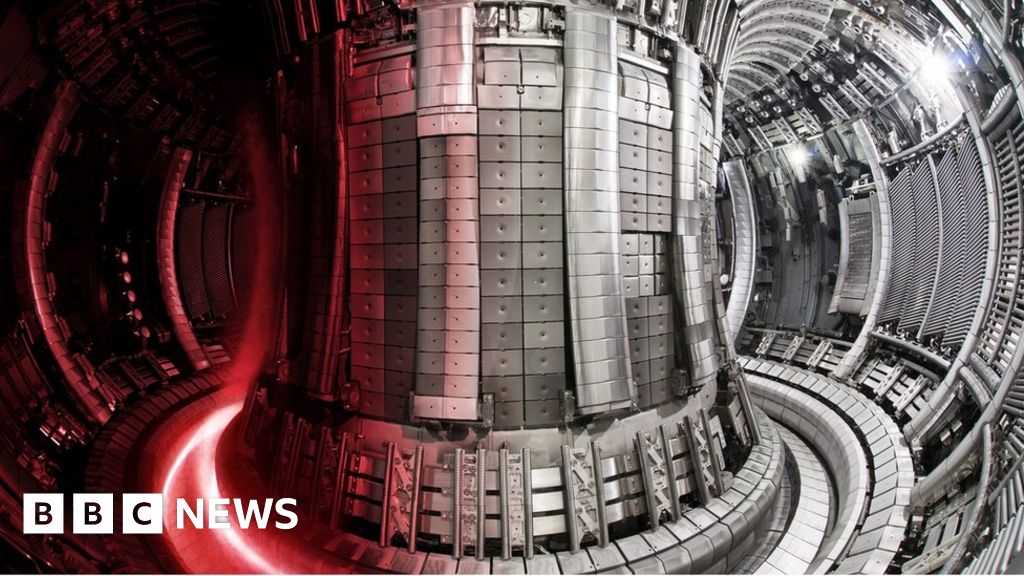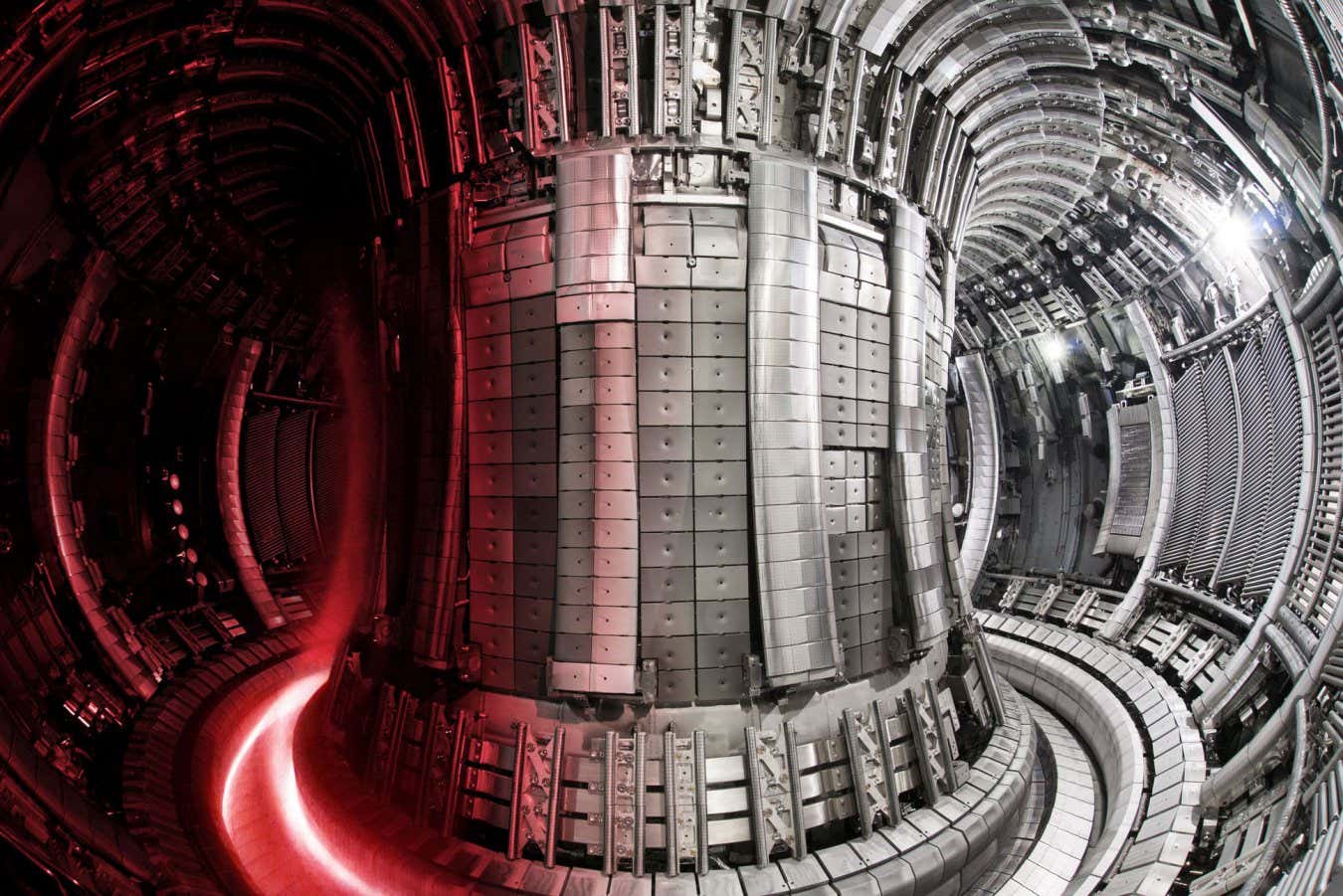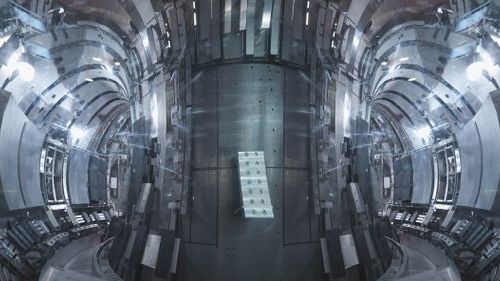IMHO, as it stands, the laser-pulse thing is just a 'better spark-plug / igniter' for a very different system.
Okay, sufficiently scaled, the pulse thing could become a stand-alone power system, akin to the mega-diesels that propel VLCCs, 13kTEU box-ships etc etc. But, unless they can get the laser system's 'footprint' down by a vast factor, they have a problem.....
Overall, the fusion field seems akin to the early days of 'steam', albeit a lot more civil. IIRC, those protagonists spent a lot of time, money and ingenuity trying to out-wit each other's essential patents. Okay, it drove design evolution, but thwarted 'combined' designs for many, many years...
IMHO, current roadblock is the sheer lead-time required to fund and craft the mega-tech required to escape power-law constraints.
Even the Chinese have apparently accepted the cruel reality that fusion scoffs at peroptimistic plans. IIRC, they reckoned they'd have fusion ready for when their 'Grand Aqueduct' schemes needed power for the mega-pumps. Now, looks like they'll be building linear solar / wind farms along the banks. Cheaper by the dozen, a boon to locals, but...
Upside, the sheer capacity of such mega-aqueducts makes them a good fit to weather-varying power delivery...

 www.forbes.com
www.forbes.com




